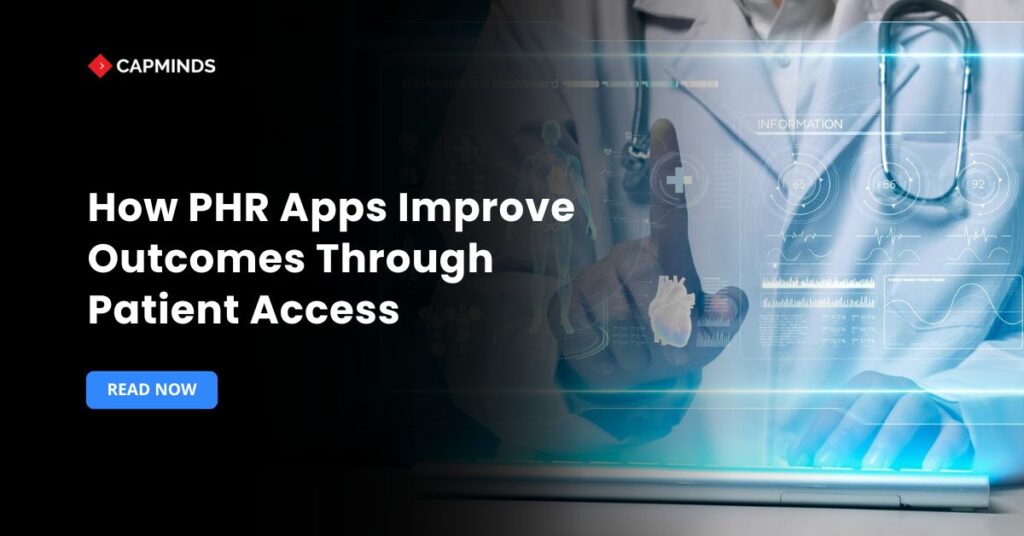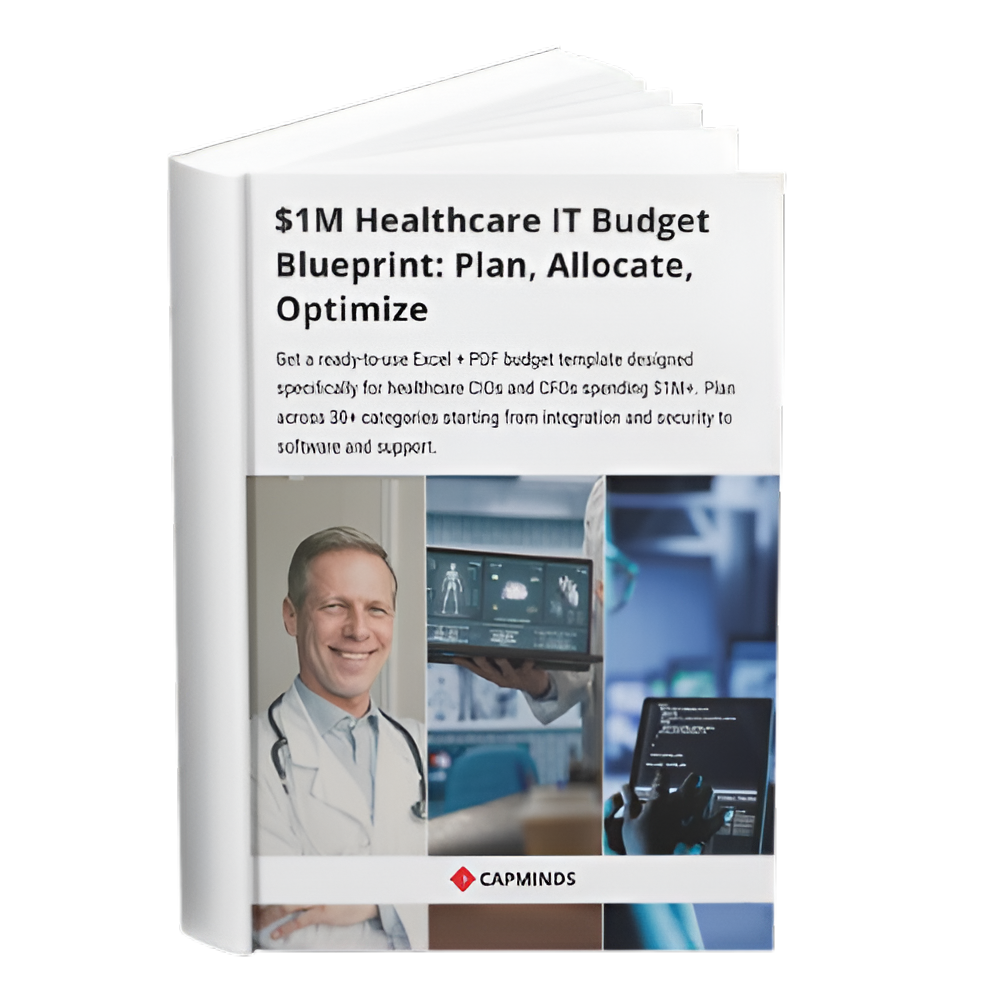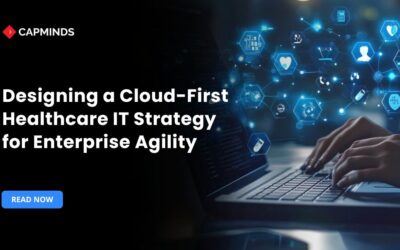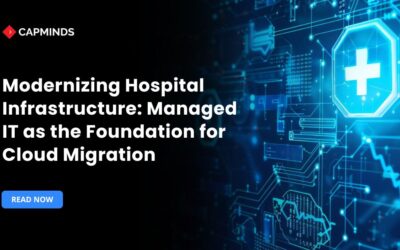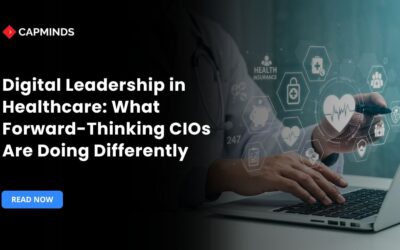How PHR Apps Improve Outcomes Through Patient Access
Apps for personal health records have progressed greatly. Initially, they were just rudimentary lab result stores. These apps have evolved into sophisticated digital tools in the modern era. Nowadays, they connect patients and caregivers and collect clinical data. In addition, they allow for bidirectional communication with healthcare providers.
Patients in the United States must have access to electronic health records under laws such as the 21st Century Cures Act and information-blocking rules. Customers expect more convenient digital offerings at the same time.
Chief Medical Information Officers, patient‑experience managers, and health IT product managers, therefore, need to understand how PHR apps improve health outcomes, which populations benefit most, and what design and implementation considerations drive adoption.
This article synthesizes current evidence to show that when patients are empowered with timely, usable access to their data via PHR apps, the result is better disease knowledge, improved adherence, more efficient care, and higher satisfaction.
Understanding PHR apps and patient access
PHRs are digital tools that allow individuals to access and manage health information collected across different encounters. They may be tethered or stand‑alone solutions maintained by patients.
- The most often used patient portals are interconnected. Mobile applications are regularly integrated into these platforms. They allow clients to view secure communications, visit summaries, medication lists, lab results, and appointment calendars.
- Stand-alone apps acquire data from a variety of devices and vendors. To accomplish so, they use interoperability standards such as FHIR.
- Both techniques aim to increase openness. Giving people more control over their health data is another goal.
From a patient‑engagement perspective, PHR apps extend beyond viewing data. They provide content‑based features, connectivity features, and collaboration features that support shared decision‑making and care coordination.
An integrative review of contemporary PHRs found that these functions provide value not only to consumers but also to providers, payers, and public‑health agencies.
The review conceptualized a consumer value framework and functional utility model demonstrating that PHRs can support the entire health‑care delivery chain.
Evidence that PHR Apps Improve Outcomes
1. Enhancing patient knowledge and self‑management
A 2022 systematic review of patient‑centered digital health records examined 81 studies involving more than 1.6 million participants with chronic conditions.
- Patients who actively engaged with their digital records had improved disease knowledge, self‑management skills, and clinical outcomes.
- Beneficial effects were most frequently reported for the use of recommended care services, disease knowledge, patient engagement, treatment adherence, and self‑management or self‑efficacy.
- Laboratory measures, including LDL cholesterol and HbA1c, showed clinical improvement.
- Surprisingly, 93% of studies found that patients were very satisfied with digital records. There were no negative consequences discovered.
These data show that PHR applications allow patients to actively participate in their treatment. Patients can gain a better understanding of their health by tracking symptoms, reviewing test results, and accessing educational materials. Secure messaging and prescription management software contribute to improved self-management and adherence.
The primary takeaway for CMIOs and product managers is that active features, such as personalized warnings and bidirectional communication, are superior to passive record-viewing.
Thus, interactive elements that encourage patients to engage in specific behaviors should be the primary focus of design considerations.
2. Streamlining care and reducing unnecessary utilization
In a study of Veterans Affairs hospitals conducted in 2023, researchers looked at provider and patient opinions on PHR use in HIV care settings. Participants discovered that tethered PHRs improved outcomes for people living with HIV, streamlined care, and reduced unnecessary visits.
- PHRs improved efficiency and continuity.
- Patients could send inquiries, examine results, and seek refills without having to schedule additional appointments.
- Some practitioners believe that weak interoperability and increased workload may impede adoption.
- This underlines the importance of proper training and better workflow integration.
One crucial consideration was provider referral. When clinicians discussed the benefits of a PHR, patients were more likely to use it.
It is critical for CMIOs to ensure that clinical champions promote the use of PHRs. Concerns about interoperability and time limits should be addressed during training and incentives.
According to patient experience managers, perceived usefulness will rise if portal services, such as care coordination between VA and community physicians, are relevant to patient requirements.
3. Improving medication adherence and communication
Secure messaging and medication management solutions have the potential to yield measurable benefits. According to a 2019 study, inpatient portals improve patient-provider communication, medication adherence, and patient safety.
The evaluation concluded that patient portals helped with medication reconciliation, uncovering medical errors, and facilitating timely discussions about treatment alternatives, even though evidence supporting objective health outcomes was still developing. Despite concerns about anxiety and information overload, patients and staff found these features useful.
Randomized trials further demonstrate the impact of training and feature availability.
- Nearly 2,900 hospitalized patients, in‑person training combined with full portal functionality, significantly increased portal use compared with video‑only training.
- Patients who received in-person training were more likely to become frequent portal users, by more than 20 times. Six months after discharge, their satisfaction ratings were also higher.
- These findings show that providing a portal alone is insufficient. To increase participation, businesses must invest in user-friendly features and training.
- Digital navigators or bedside coaching can be cost-effective ways for patient experience managers to maximize patient benefit.
4. Increasing adoption and meeting consumer expectations
Early adoption trends suggest a steep growth curve for PHRs. PHR adoption would exceed 75 % of US consumers. This prediction was issued before the COVID-19 pandemic, which has hastened the adoption of digital health. Nowadays, many people use portals. The Cures Act now requires healthcare providers to provide patients with digital access to all electronic health records.
- This combination of legal obligations and consumer demand means that PHR apps are becoming table stakes for US health‑care organizations.
- That said, adoption remains uneven across populations.
- The state‑of‑the‑science review of patient portals noted that age, ethnicity, education level, health literacy, and health status significantly influence a patient’s ability to engage via portals.
Provider endorsement and portal usability are equally important. For example, older adults or patients with limited digital skills may need simplified interfaces and targeted support.
Ensuring cultural and linguistic appropriateness also improves uptake. Health IT product managers must therefore design apps with inclusive usability principles and support segmentation in adoption strategies.
5. Facilitating care coordination and patient‑provider relationships
Qualitative studies of chronic illness management reveal the practical ways PHRs transform care. In a 2020 study exploring Veterans using portals for chronic diseases such as diabetes, participants said that portals helped them understand lab results, prepare for appointments, coordinate care across VA and non‑VA providers, and reach out to clinicians between visits.
- Many people stated that these events generated a feeling of community and strengthened relationships with providers.
- However, design problems such as unclear secure communications interfaces or delays in record availability may hurt engagement.
- The main takeaway is that, while PHR apps may encourage collaboration, regular data updates, and human-centered design are critical to maintaining confidence.
- Doctors observed higher levels of patient satisfaction and communication.
- However, the lack of payment for portal communication restricted their participation.
Suggested solutions included health system incentives for high use, integration of PHR communication into workflows, and more robust education for providers.
CMIOs should advocate for reimbursement models that recognize clinician time spent engaging via PHRs. Aligning incentives is essential to avoid provider fatigue and encourage sustained use.
Best practices for implementing PHR apps
PHR apps have been proven to improve health outcomes. These benefits, however, require careful preparation and a well-defined organizational strategy.
CMIOs, patient-experience managers, and product managers should follow these best practices to optimize value:
1. Prioritize active and personalized features.
- Observing records passively is insufficient. Include features like as appointment scheduling, medication refill requests, and two-way messaging. Use reminders, integrated telehealth, and symptom monitors to boost participation and facilitate ongoing care.
- Active features correlate with improved adherence and self‑management.
2. Invest in user‑centered design.
- Create the UI with diverse user groups’ requirements in mind. This includes people with little health literacy, those with disabilities, and the elderly. Provide multilingual support to improve accessibility.
- Using data visualization tools, you may transform lab results into clear trends.
- Provide customizable dashboards so that patients can focus on the most important facts for them.
3. Provide comprehensive training and support.
- Offer in‑person onboarding for inpatients and digital navigators or peer coaches for outpatients.
- Randomized trial evidence shows that personalized training significantly increases portal use and satisfaction.
4. Engage clinicians as champions.
- Encourage providers to discuss the PHR with patients and demonstrate how to use key features.
- Provider endorsement strongly influences patient adoption.
- Address clinicians’ concerns about workload with streamlined workflows and support staff assistance.
5. Ensure interoperability and timely data access.
- PHR apps should integrate seamlessly with electronic medical record systems, pharmacy data, and external devices such as glucose monitors.
- Delays in updating records or messaging responses erode trust and limit engagement.
Related: Build vs. Buy: Choosing the Right Health Interoperability Engine for Your Organization
6. Address security and privacy transparently.
- Patients must trust that their data are secure.
- Provide clear explanations of security measures, consent options, and data‑sharing practices.
- Incorporate features such as biometric authentication and granular control over data sharing.
7. Use analytics to measure engagement and outcomes.
- Track metrics such as login frequency, message response times, medication refills, and appointment adherence.
- Use these data to refine features, identify patients who need additional support, and demonstrate return on investment.
- Many PHR platforms now include dashboards for administrators.
8. Align with policy incentives.
- Monitor federal and state regulations, including the Cures Act and upcoming TEFCA interoperability framework, and ensure that PHR features meet information‑blocking compliance.
- Leverage reimbursement codes for electronic visits and chronic care management to sustain provider engagement.
Considerations for product managers
Health IT product managers should view PHR apps as more than patient portals.
PHRs offer content, connectivity, and collaboration functionalities that deliver value across the care continuum. Product roadmaps should therefore include:
- Use FHIR-based interoperability to communicate with various medical equipment and EHR systems.
- Allow for the collection of patient-generated data. Allow patients to upload images, keep symptom diaries, and collect blood pressure readings from home. Provide clinicians with the ability to easily review this information.
- Provide contextual decision support. Provide suggestions or educational resources based on lab trends, symptoms, or diagnoses.
- Include caregiver and social characteristics. Allow trusted proxies to connect with patients and securely access records on their behalf.
- Consider remote monitoring and telehealth. Make video visits and real-time data streaming more accessible for ongoing treatments.
To develop these features, product managers should work closely with clinicians. Engage patients in the early stages. Test prototypes on a variety of people.
Before expanding the product, undertake regular user testing to discover and address flaws such as complex terminology or poor navigation.
Implications for U.S. health‑care leaders
For CMIOs and patient‑experience managers, PHR apps represent a strategic lever to advance organizational goals. Patients’ ability to access and act on their health information is critical to accomplishing the triple goal of a better patient experience, improved population health, and lower costs.
Research shows that PHR apps increase medication adherence, care coordination, self-management, and disease comprehension. Early forecasts suggested that by 2020, more than 75% of U.S. consumers would use PHRs. The epidemic is likely to have accelerated this transition.
However, digital gaps still exist. Patient adoption is determined by age, literacy, income, and whether a provider encourages use.
Two additional key difficulties are the pressure on providers and the lack of recompense. CMIOs must take the lead in creating policies that incentivize, support, and train clinicians and patients. PHR education should be incorporated into onboarding by patient-experience teams in order to increase satisfaction.
Enhance Patient Outcomes with CapMinds’ PHR App Solutions
As healthcare continues to embrace digital transformation, Personal Health Record apps have proven to be pivotal in improving patient outcomes and streamlining care.
At CapMinds, we offer tailored solutions to ensure your healthcare organization stays ahead in patient engagement, data security, and seamless care coordination. We specialize in:
- Custom Healthcare Software Development: Building intuitive, secure, and interoperable systems to ensure patient data is easily accessible.
- Patient Engagement Platform Development: Creating platforms that foster bidirectional communication between patients and providers, improving adherence and self-management.
- Patient Portal Development: Designing portals that allow patients to access health information, schedule appointments, and manage prescriptions with ease.
- Telehealth and Remote Monitoring: Integrating real-time data streaming and video visits to provide continuous care.
By partnering with CapMinds, you can develop solutions that improve patient experience, enhance clinical workflows, and support compliance with regulations. Let us help you unlock the potential of PHR apps to boost patient outcomes and optimize healthcare delivery.
